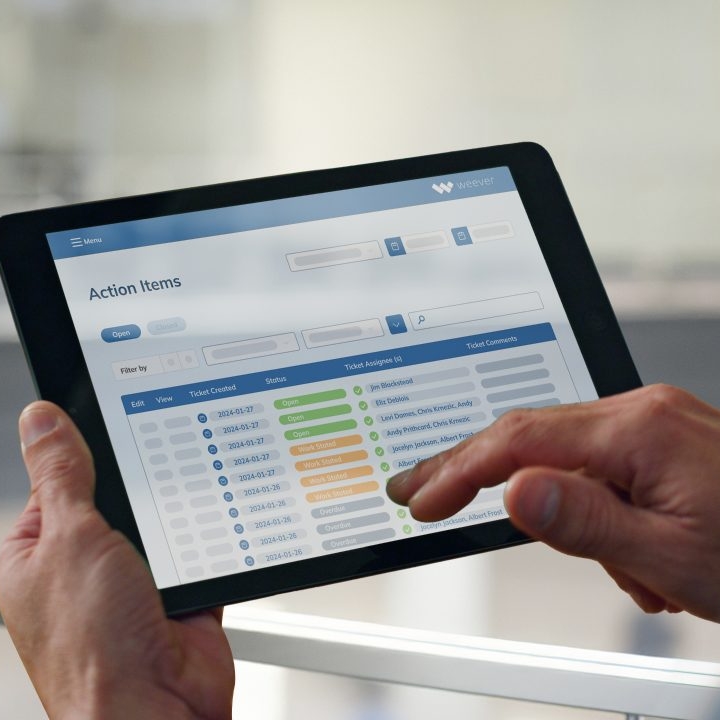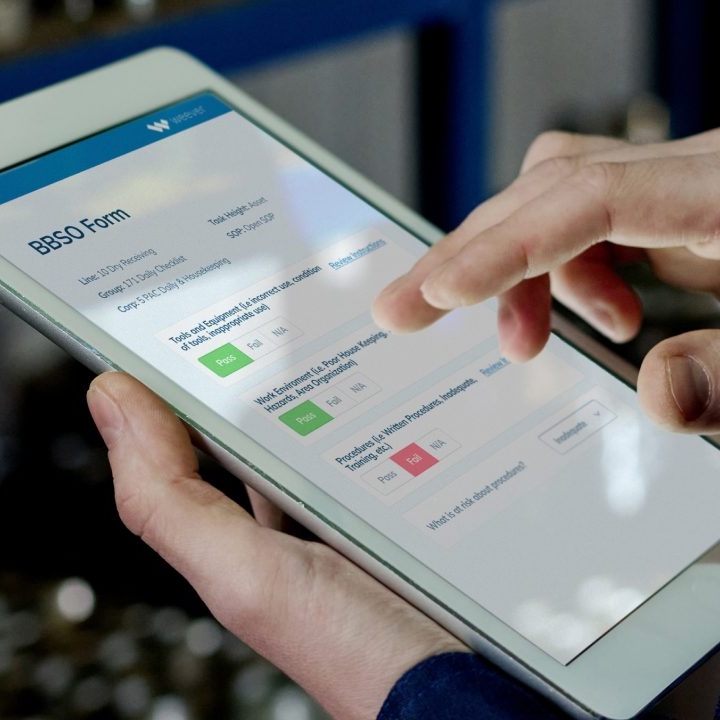Transforming Manufacturing with Integrated Work Systems: Benefits and Best Practices
Transform manufacturing by making Weever part of your integrated work system. Improve communication, reduce errors, and manage resources efficiently.

Integrated work systems are a powerful tool in the manufacturing industry, combining various processes, tasks, and technologies into one seamless system. These systems help manufacturers streamline operations, improve communication, and manage resources more efficiently. In manufacturing, efficiency is key. Integrated work systems play a crucial role in ensuring that every part of the production process works together smoothly. They reduce errors, enhance productivity, and enable better decision-making by providing real-time information across departments.
Weever’s software platform excels at integrating manufacturing operations. With Weever, you can connect different processes, automate workflows, and manage resources more effectively. Our configurable solutions ensure that the system adapts to your specific needs, making it easier to scale and adjust as your operations grow. By using Weever's integrated work systems, manufacturers can achieve higher efficiency, reduce downtime, and boost overall productivity.
Improved Communication
- Streamlined Communication Channels: Integrated work systems provide a unified platform for all communication, ensuring that everyone is on the same page and reducing the chances of miscommunication.
- Real-Time Information Sharing Across Departments: With real-time data sharing, people in different roles and departments can access up-to-date information instantly, enabling quicker decision-making and better coordination.
Reduced Errors
- Less Manual Data Entry Errors: Automated data entry processes eliminate the risk of human error, ensuring that the information is accurate and consistent across Weever’s platform.
- Enhanced Accuracy Through Automated Processes: By automating repetitive tasks, integrated work systems ensure that processes are carried out with precision, reducing the likelihood of mistakes and rework.
Better Resource Management
- Optimal Utilization of Workforce and Materials: Integrated work systems help allocate resources more efficiently, ensuring that the right people and materials are available when needed, leading to increased productivity and reduced waste.
- Improved Inventory Management and Forecasting: These systems provide better visibility into inventory levels and usage patterns, enabling more accurate forecasting and reducing the risk of stockouts or overstocking.
Best Practices for Implementing Integrated Work Systems in Manufacturing
Assess Current Processes
- Conducting a Thorough Analysis of Existing Workflows: Start by examining and documenting your current processes in detail to understand how they function and where they may be falling short.
- Identifying Areas for Improvement: Pinpoint specific aspects of your workflows that could benefit from greater efficiency or accuracy to focus your efforts on the most impactful changes.
Choosing the Right System
- Evaluating Different Integrated Work System Solutions: Research and compare various systems to find one that best suits your operational needs and industry requirements.
- Ensuring the Chosen System is Configurable and User-Friendly: Select a system that can be tailored to your specific processes and is easy for employees to use, to maximize adoption and effectiveness.
Training and Support
- Providing Comprehensive Training for Employees: Equip your team with the knowledge and skills they need to use the new system effectively through detailed training sessions. Weever forms can be used as a skills development platform for new systems.
- Ensuring Ongoing Support and Resources for System Adoption: Offer continuous support and resources to help employees overcome any challenges and fully integrate the system into their daily routines.
Continuous Improvement
- Regularly Reviewing and Updating the System: Continuously monitor the system’s performance and make necessary updates to keep it aligned with evolving operational needs.
- Gathering Feedback From Employees for Further Enhancements: Actively seek input from employees to identify potential improvements and ensure the system continues to meet their needs effectively.
Weever Software for a Manufacturing Integrated Work System Solution
With Weever's software platform, manufacturers can connect workflows, automate tasks, and manage resources more efficiently. Our configurable solutions ensure that the system adapts to your specific needs, enabling you to scale and adjust as operations grow. By implementing integrated work systems, you can achieve higher efficiency, reduce downtime, and boost overall productivity. Embrace Weever’s solutions to transform your manufacturing operations and stay ahead in a competitive industry.
Explore how Weever's integrated work systems can revolutionize your manufacturing operations.
Explore how Weever's integrated work systems can revolutionize your manufacturing operations.
Continue Reading
"Having cloud-based forms on devices around the facility makes them so much more accessible, which makes it painless for operators to quickly provide a report."
Johanna Velez, VP Quality Assurance


"Weever is really user friendly and will have a massive positive impact on our operations and training team."
Mel Cadle - Op Ex Lead Process Engineer


"It's shifted our safety culture because now we are much more focused on what we should be looking at."
Kody Crossen, Operations Manager of EHS










